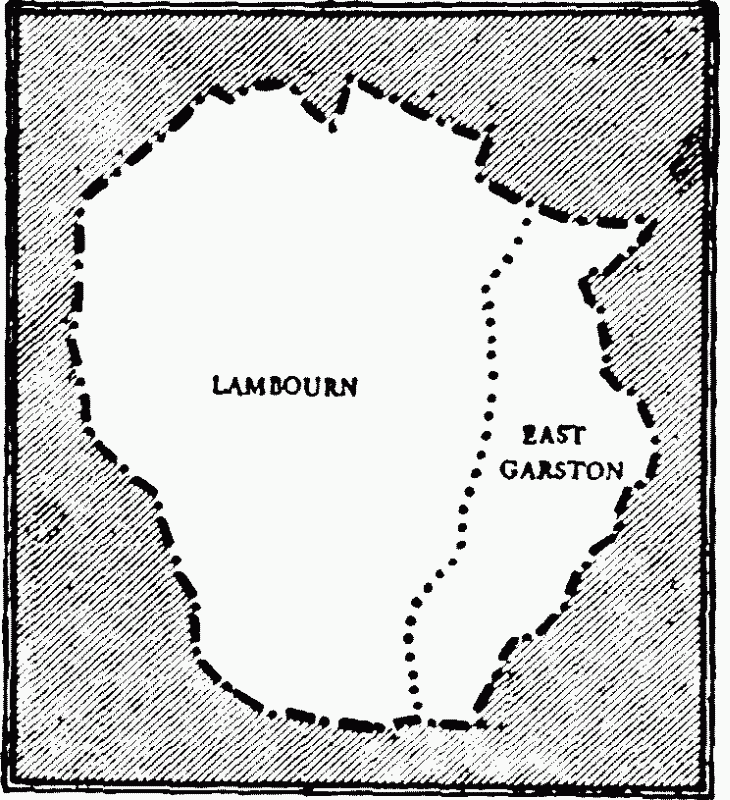A History of the County of Berkshire: Volume 4. Originally published by Victoria County History, London, 1924.
This free content was digitised by double rekeying. All rights reserved.
'Lambourn hundred: Introduction', in A History of the County of Berkshire: Volume 4, ed. William Page, P H Ditchfield (London, 1924), British History Online https://prod.british-history.ac.uk/vch/berks/vol4/p246 [accessed 31 January 2025].
'Lambourn hundred: Introduction', in A History of the County of Berkshire: Volume 4. Edited by William Page, P H Ditchfield (London, 1924), British History Online, accessed January 31, 2025, https://prod.british-history.ac.uk/vch/berks/vol4/p246.
"Lambourn hundred: Introduction". A History of the County of Berkshire: Volume 4. Ed. William Page, P H Ditchfield (London, 1924), British History Online. Web. 31 January 2025. https://prod.british-history.ac.uk/vch/berks/vol4/p246.
THE HUNDRED OF LAMBOURN
Containing The Parishes Of East Garston And Lambourn
The whole of these two parishes was included in the Domesday hundred of Lambourn, the assessment of which had been reduced from 73 hides in the time of the Confessor to 40 hides in 1086. Except for the hamlet of Bockhampton all the vills in the hundred appear as part of Lambourn. The entry of 3½ hides in Drayton as part of this hundred is probably a mistake. (fn. 1) Parts of East Garston were in Moreton and Wantage Hundreds in 1831, as they are at the present day.

Index Map To The Hundred Of Lambourn
The fee of the hundred seems to have belonged by prescription to the lords of the manor of Chipping Lambourn. In 1226 it had been seized into the king's hands for the escape of a thief. (fn. 2) William Plukenet and John and Mabel Tregoz, who held the two moieties of the manor in 1284, were apparently unable to produce any proof of their claim to the hundred beyond the fact that it had been held by their ancestors. (fn. 3) Their successors continued to hold it jointly. (fn. 4) Half of it came with Plukenets Manor into the possession of the Crown, but does not appear in the grant of that manor to the Essex family. It was probably this half that was granted as the hundred of Lambourn in 1587 to Theophilus Adams. (fn. 5) He may have sold it to the Essex family, who held the other half in right of Grandisons Manor. (fn. 6) In 1610 Henry Earl of Northampton and others, feoffees of William Essex, had a grant of the hundred with its courts to hold as William or his ancestors had held it. (fn. 7) It passed with the manor of Chipping Lambourn to William Craven, (fn. 8) and was in the hands of the Earl of Craven in 1651. (fn. 9) Presumably it remained in that family, but Lysons knew of no lord in 1813.
The survey of 1651 records that a three weeks' court was usually held, and that the court leet was regularly held at Michaelmas. (fn. 10)
